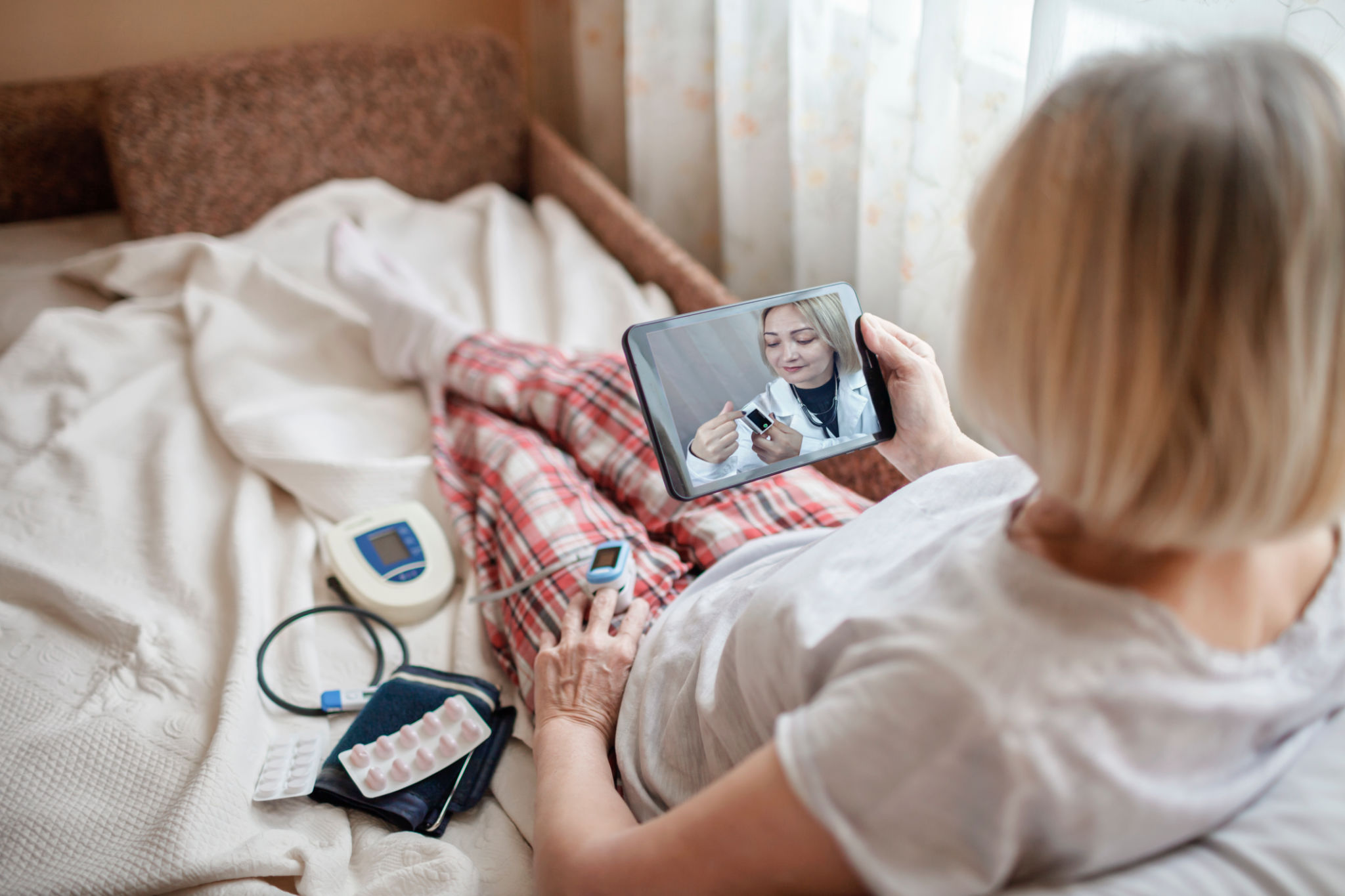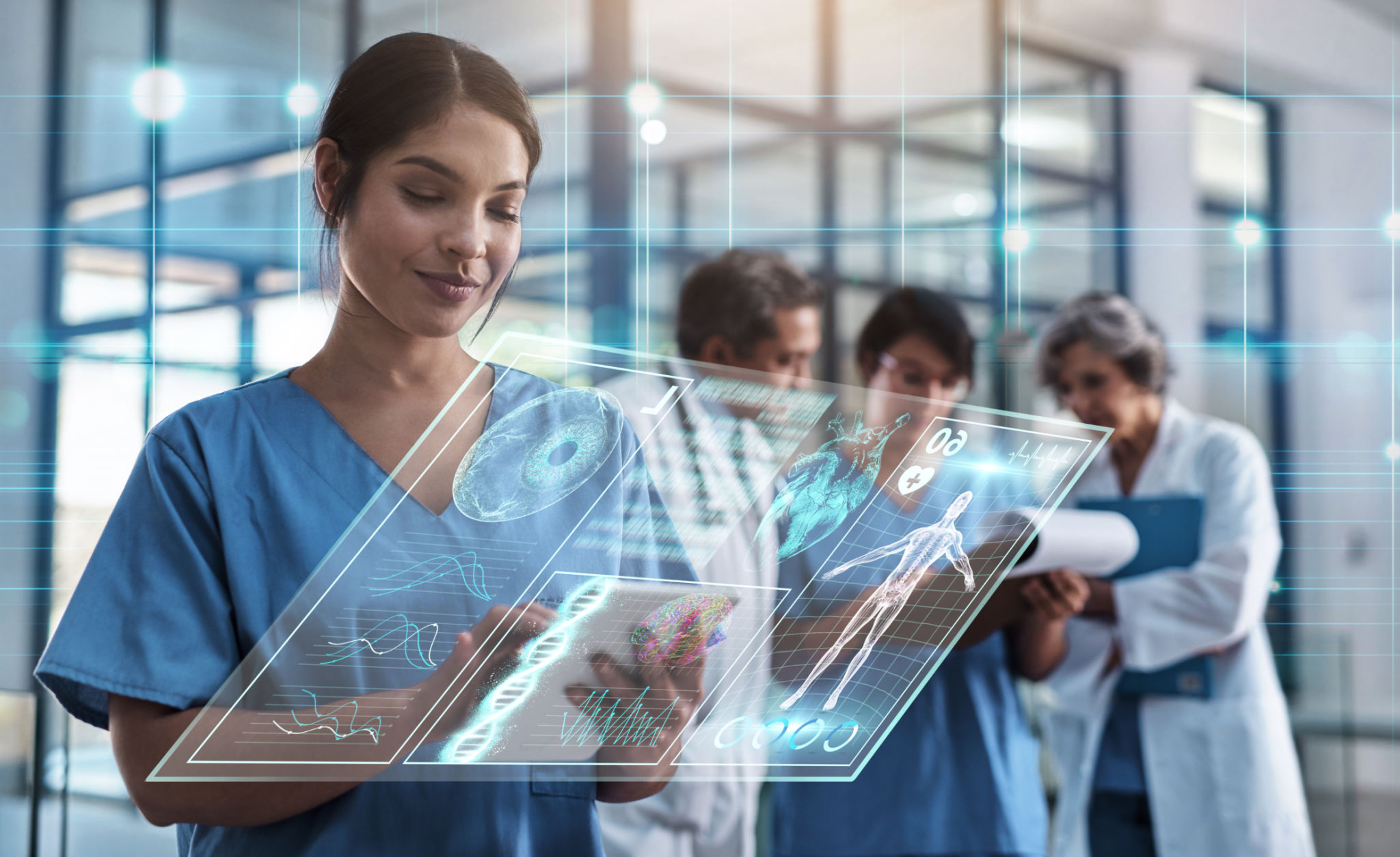Case Study: Success Stories from Patients Using Remote Monitoring in Lexington
Introduction to Remote Monitoring
In recent years, remote monitoring has emerged as a transformative tool in the healthcare industry, providing patients with greater access to care and offering healthcare providers more comprehensive data. By leveraging technology, remote monitoring enables the continuous tracking of patients' health metrics, leading to personalized and timely medical interventions. This case study explores the success stories of patients in Lexington who have embraced remote monitoring as part of their healthcare journey.

Improved Chronic Disease Management
For patients living with chronic diseases, such as diabetes and hypertension, remote monitoring has been a game-changer. Through devices that track blood sugar levels and blood pressure, patients can share their data with healthcare professionals in real time. This allows for quicker adjustments to treatment plans and more personalized care. In Lexington, several patients have reported significant improvements in their health outcomes and a reduction in emergency room visits due to this proactive approach.
One patient, Jane, a 55-year-old living with diabetes, shared how her life has transformed since adopting remote monitoring. "I feel more in control of my health," Jane stated. "My doctor can see my daily readings and adjust my medication without waiting for a monthly appointment."

Enhanced Post-Surgical Recovery
Another compelling success story comes from patients recovering from surgery. Remote monitoring devices can track vital signs such as heart rate and oxygen levels, ensuring that any complications are detected early. In Lexington, hospitals have integrated these technologies to monitor patients during their recovery at home, reducing the need for extended hospital stays.
Tom, a 68-year-old who underwent knee replacement surgery, credited remote monitoring for his swift recovery. He remarked, "The thought of being monitored at home gave me peace of mind. I knew that any issue would be caught before it became serious."
Empowering Patients Through Technology
The integration of remote monitoring not only provides direct health benefits but also empowers patients by involving them more actively in their care. This empowerment leads to increased adherence to treatment plans and lifestyle changes. In Lexington, the community has seen a rise in patient engagement due to these technologies.

Patients like Sarah have expressed increased confidence in managing their health conditions. Sarah noted, "Having instant feedback and being able to communicate with my healthcare team whenever necessary has made a huge difference in how I approach my health."
Overcoming Challenges and Looking Forward
While the success stories from Lexington are inspiring, the implementation of remote monitoring is not without challenges. Issues such as data privacy, the digital divide, and the need for technical support must be addressed to ensure equitable access and efficiency.
Despite these challenges, the future looks promising. With advancements in technology and increased adoption rates, remote monitoring is poised to become a staple in modern healthcare. As more patients share their positive experiences, the momentum for widespread adoption continues to grow.
Conclusion
The case studies from Lexington underscore the profound impact that remote monitoring can have on patient care. By offering personalized insights and fostering proactive management of health conditions, remote monitoring represents a significant step forward in healthcare delivery. As these technologies continue to evolve, they hold the potential to reshape patient experiences across the globe.

